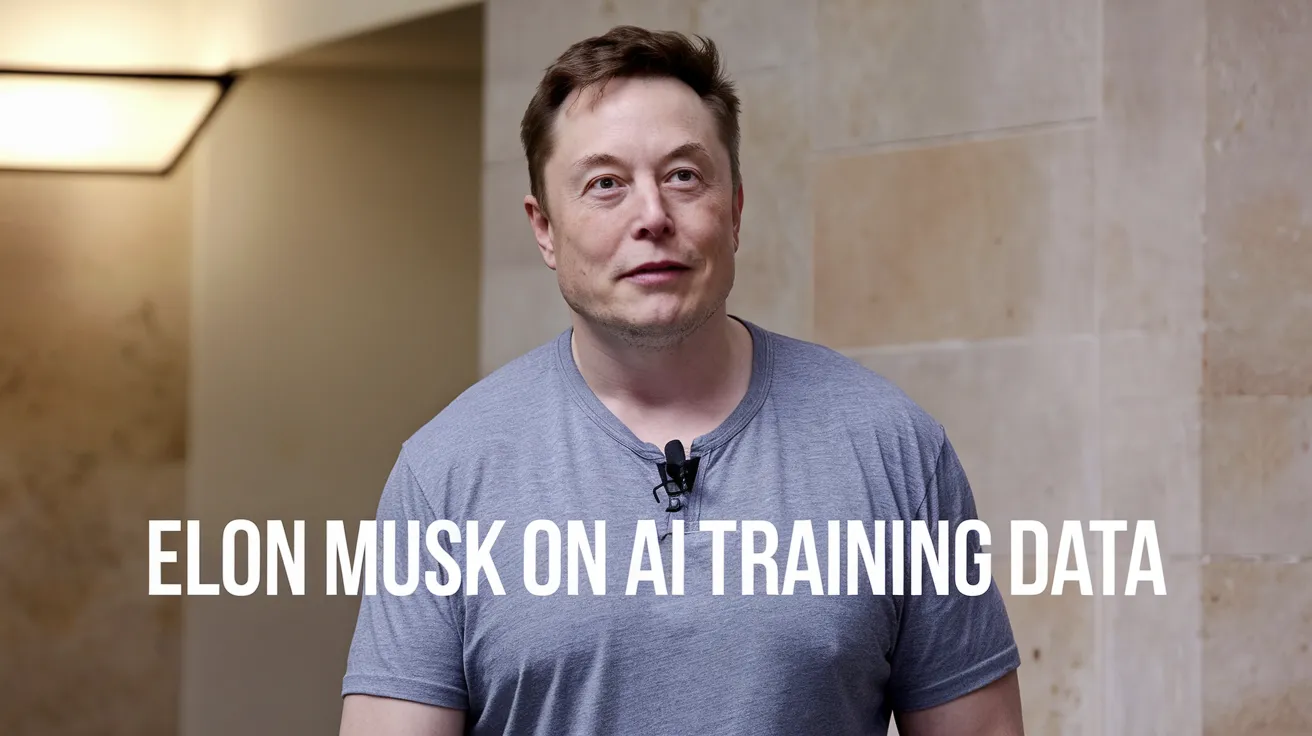Elon Musk on AI Training Data Exhaustion

In a recent discussion, Elon Musk affirmed a critical point made by several AI experts: the real-world data available for training AI models has been nearly exhausted. Speaking with Stagwell chairman Mark Penn during a livestream, Musk remarked, “We’ve now exhausted basically the cumulative sum of human knowledge … in AI training,” indicating that this milestone was reached in the previous year.
The Shift Toward Synthetic Data
Musk’s acknowledgment aligns with insights shared by former OpenAI chief scientist Ilya Sutskever at a recent machine learning conference. Sutskever noted that the industry had reached a peak concerning available data, predicting that this limitation would necessitate a fundamental change in model development methodologies.
In response to the diminishing pool of real-world data, Musk proposed that the future likely lies in synthetic data—information generated by AI models themselves. He stated, “The only way to supplement [real-world data] is with synthetic data.” This shift could allow AI systems to engage in self-learning processes, grading themselves on performance based on generated data.
Current Industry Applications
Tech giants such as Microsoft, Meta, OpenAI, and Anthropic have already begun integrating synthetic data into their training processes. It’s estimated that by 2024, 60% of data used for AI projects will be synthetically generated. Notably, Microsoft’s Phi-4 was trained using both real and synthetic data, as were Google’s Gemma models. Other companies, including Anthropic and Meta, have similarly utilized synthetic data to enhance their model development.
Advantages and Challenges of Synthetic Data
The use of synthetic data offers potential cost-saving benefits, demonstrated by AI startup Writer. Their Palmyra X 004 model, developed predominantly with synthetic sources, was created at a fraction of the cost of $700,000, while similar models from OpenAI were estimated to cost upwards of $4.6 million.
However, relying on synthetic data introduces notable challenges. Research suggests that it can sometimes lead to model collapse, diminishing creativity and increasing bias in model outputs. As models generate training data, any inherent biases present in the original training sets could perpetuate or worsen, seriously undermining the functionality of AI systems.
The Future of AI Training
As the AI landscape evolves, the industry’s reliance on synthetic data seems set for growth. Nonetheless, while it may provide a necessary workaround to the constraints of real-world data shortages, careful consideration is paramount to ensure that models remain innovative, unbiased, and effective in their outputs.